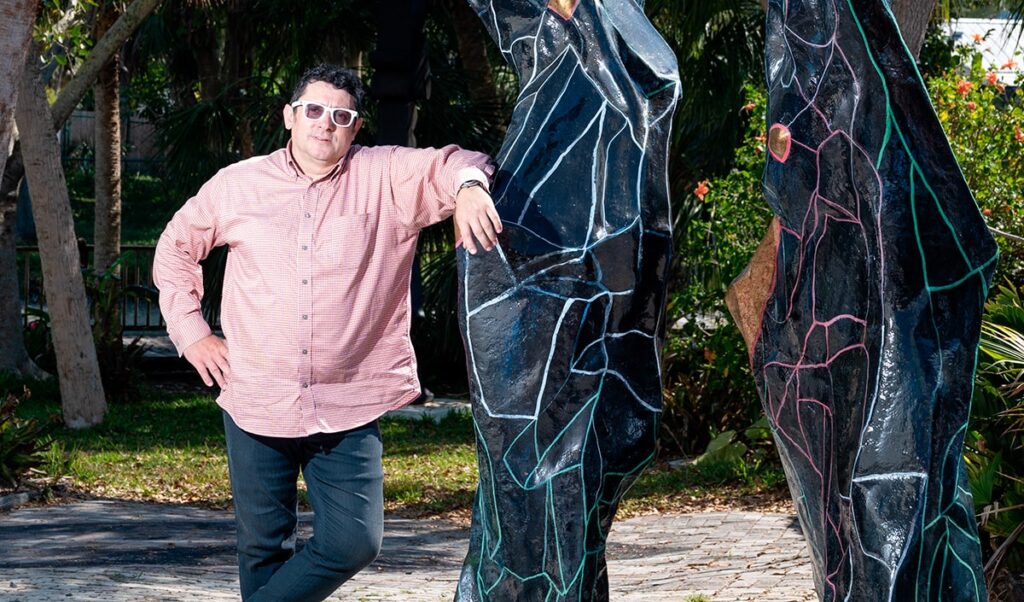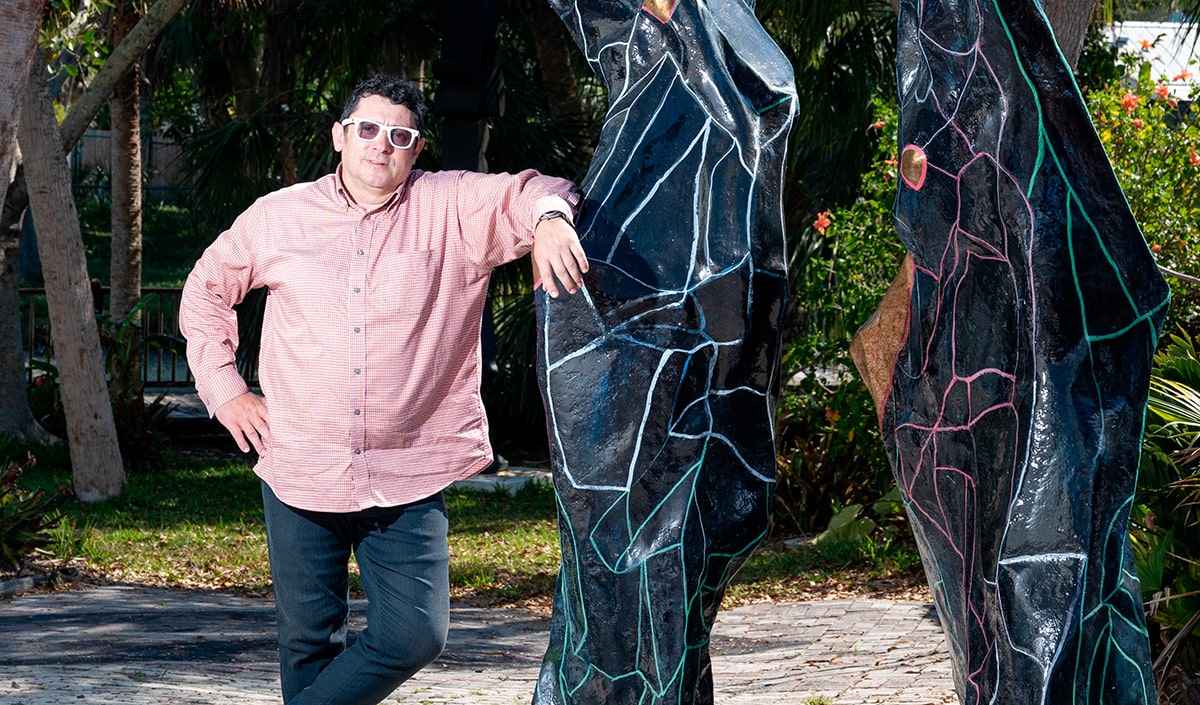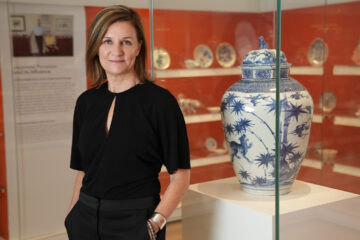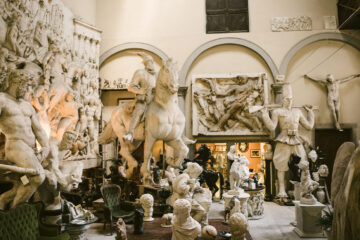Viktor Mitic: Letting the art speak for itself
Artist Viktor Mitic is a creator in every sense of the word, producing a body of work over two decades that defies conventional description. Featuring a unique approach and social commentary, his art is showcased in galleries and outdoor spaces around the world.
It’s a good thing that Viktor Mitic’s mother couldn’t afford a babysitter. Because when she was studying art in former Yugoslavia (now Serbia), and Mitic was just a child, he tagged along, drawing and sketching during sessions. “Later, as a teenager, I copied masterworks from the Renaissance and some of the other masters in the United States and Europe,” he says. He went on to attend various art schools for classical training in Europe. But it was only when he immigrated to Canada as a 20-year-old, attending Sheridan College and earning a bachelor of fine arts from the University of Toronto, that he was able to take his art to a whole new level. “In Europe, they teach you traditional techniques and to follow certain rules,” he says. But it’s not like that here, he adds. “You can throw it all away because you do the opposite of what you learned, which and spaces, create a is amazing!”
This kind of thinking, this kind of colouring outside the lines, has made Mitic a painter and sculptor who knows no bounds. Mitic became well known when he let his art do the talking, painting portraits of iconic people like Marilyn Monroe, Jesus and John F. Kennedy, then punching them with more than a million rounds of ammunition and outlining them with various guns, to present social commentary on guns and violence and society’s obsession with fame. The project was parlayed into a documentary and a book, Art or War: Bullet Paintings by Viktor Mitic. That’s not all. Mitic’s shot-out school-bus sculpture, Incident, which debuted at a Toronto festival, was showcased in Washington, D.C., in 2013, during the gun debates held after the Sandy Hook massacre of schoolchildren in Newtown, Conn. In another series, Rain, Mitic explores the link between environment and art. The series was created outdoors with oil paint, pigment and acid rain. The mixture of natural elements and paint combined into a one-of-a-kind series showcasing nature’s contribution to the world of art. The completed series, titled Rain Dance, was exhibited in 2011, coinciding with the launch of a book and a documentary DVD of the same title.
Mitic’s work has definitely evolved over the years, but he remains committed to using his art in a provocative, controversial way. His sculptures combine cut metal forms with shapes and spaces in between, creating theatrical, multi-level depths and effects. When he is working on prototypes he works with upcycled materials, but on the refined pieces he likes to use metals like bronze, stainless steel and gold, often electroplated 24-karat gold.
MITIC’S WORK HAS EVOLVED, BUT HE REMAINS COMMITTED TO USING HIS ART IN A PROVOCATIVE WAY.
What’s the secret to the success of an artist? For Mitic, it has to be work, constant learning and maintaining relationships. “You have to learn all the time, there’s no way you can say at whatever age that you know it all, because you don’t,” he says. And never underestimate the power of networking and getting into galleries and shows, either, which can attract collectors, he adds. It gives him tremendous satisfaction to see his art displayed in the community itself, and he’s grateful for collectors who really get his art and are willing to invest in it — Collectors like Toronto entrepreneur Lorne Gertner, for instance, who owns several of Mitic’s paintings and sculptures. And when one talks about maintaining relationships, Mitic brings up Oeno Gallery in Prince Edward County, as one that took years to develop. “Their position and reach have given me the opportunity to exhibit my work in a unique way and to expose my work to various international clients that they partner with,” he says.
Recently, Mitic’s sculptures have caught the eye of Rashid Moosajee, a renowned developer in Sri Lanka, whose company has built commercial and residential towers in Colombo, the country’s capital and largest city. The artist’s Purple Heart sculpture now graces the rooftop terrace of an innovative office building, Veranda Offices, which houses Sri Lanka’s Norwegian embassy and stands as a temporary space for its Japanese embassy.
Currently, Mitic is simply enjoying sunny days in Florida, where he will be based for the next year and a half. He likes to start his days with a double espresso, then checks his favourite websites for world news. You need to know what is happening, he says, because that will affect you, whether you agree or disagree. His work can be emotionally demanding and physically demanding, as well. Take, for instance, a sculpture that he is working on now, XOX, which is more than five metres high. “It’s a stainless-steel character based on Greek gods Hermes and Hephaestus and their personal characteristics that I thought XOX should possess,” he says.
Asked what la dolce vita means for Mitic, he replies easily. “Every day I get out into the beauti- ful sunshine, the water is right across the street, and I go to the beach, which is a block away. It’s amazing just to be here and soak it in,” he says. “And then I get to work — so it’s all beautiful for me.”
www.artorwar.com
@viktor_mitic
INTERVIEW BY MICHELLE ZERILLO-SOSA




















































































